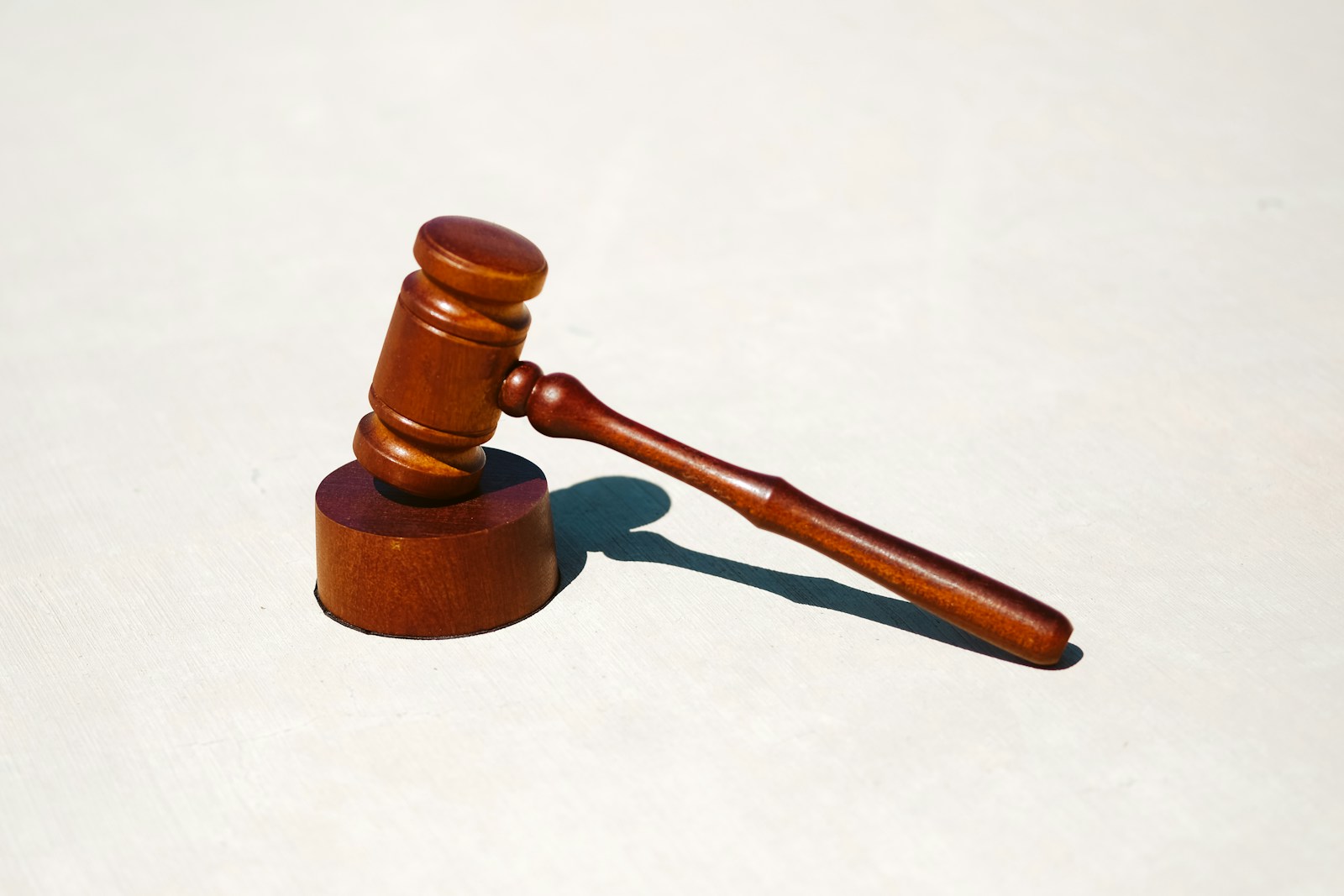Court documents are valuable legal resources that provide insights into judicial proceedings, legal precedents, and case outcomes. Whether for legal research, personal interest, or professional purposes, accessing court records can be a crucial task. This essay explores the most effective methods for finding court documents quickly and efficiently.
1. Understanding the Types of Court Documents Before searching for court records, it is important to understand the different types of documents available. Bexar county court documents are easily to search for if you need to see a good example. These may include:
- Dockets: A summary of court proceedings in a case.
- Complaints and Pleadings: Legal filings that outline the arguments and claims of the parties involved.
- Motions and Orders: Requests made by attorneys and the corresponding decisions by judges.
- Judgments and Verdicts: The final rulings issued by the court.
- Transcripts: Official records of spoken proceedings during trials and hearings.
2. Identifying the Relevant Jurisdiction Court records are maintained at different levels of the judicial system, including local, state, and federal courts. Determining the correct jurisdiction of a case is crucial to locating the right documents.
- Local Courts: Handle minor offenses, small claims, and municipal matters.
- State Courts: Deal with civil, criminal, and appellate cases at the state level.
- Federal Courts: Cover cases involving federal law, interstate disputes, and constitutional matters.
3. Using Online Court Record Databases Many courts provide online access to their records, making document searches more convenient. Some widely used databases include:
- PACER (Public Access to Court Electronic Records): A federal database for U.S. district and appellate court records.
- State Court Websites: Most states offer portals for accessing case information and filings.
- County Clerk Websites: Many local courts maintain online dockets and case files.
- Legal Research Platforms: Websites like Justia, Westlaw, and LexisNexis compile legal documents and case law for easy retrieval.
4. Visiting Courthouses and Clerk’s Offices If online access is unavailable, visiting the courthouse where a case was filed is often necessary. Court clerks can provide guidance on retrieving documents, though some may require formal requests or fees for copies.
5. Utilizing Public Records and Third-Party Services Public records laws allow access to many court documents. Third-party services may also provide document retrieval for a fee, streamlining the search process.
6. Understanding Access Restrictions Not all court documents are publicly accessible. Sealed records, juvenile cases, and confidential legal proceedings may be restricted. Checking state laws and court policies is essential when seeking specific documents.
7. Seeking Legal Assistance For individuals unfamiliar with legal procedures, consulting a lawyer or legal researcher can be beneficial. Legal professionals can help navigate complex databases and obtain necessary documents more efficiently.
Finding court documents easily requires an understanding of document types, court jurisdictions, and available search tools. Online databases, courthouse visits, public records, and legal assistance are effective ways to access legal records. By using these methods, individuals can efficiently locate and utilize court documents for various legal and research purposes.
